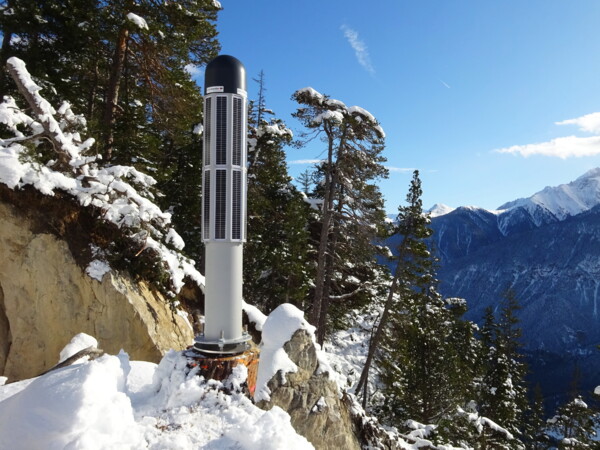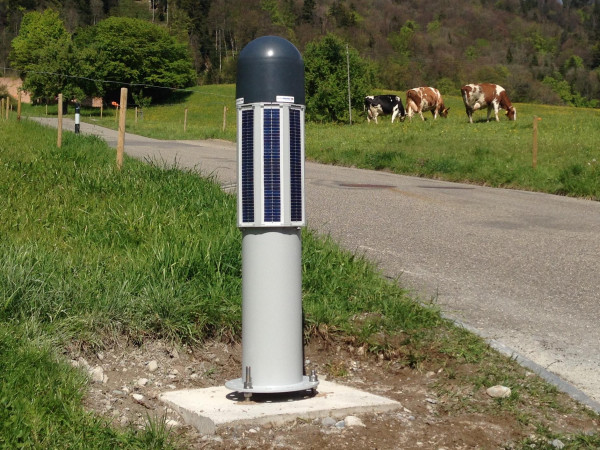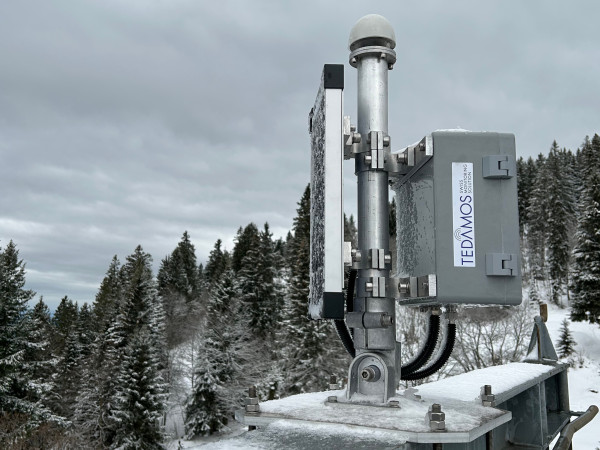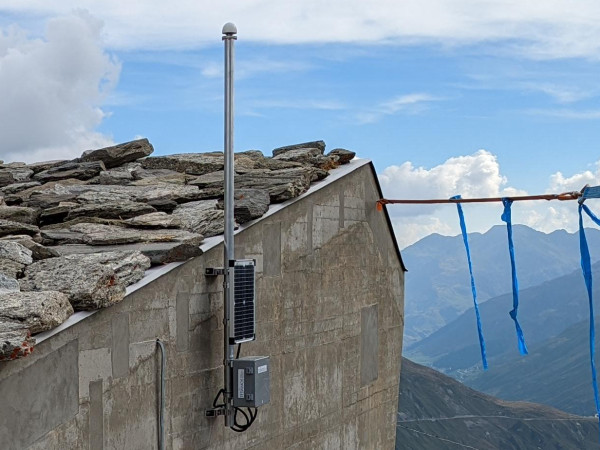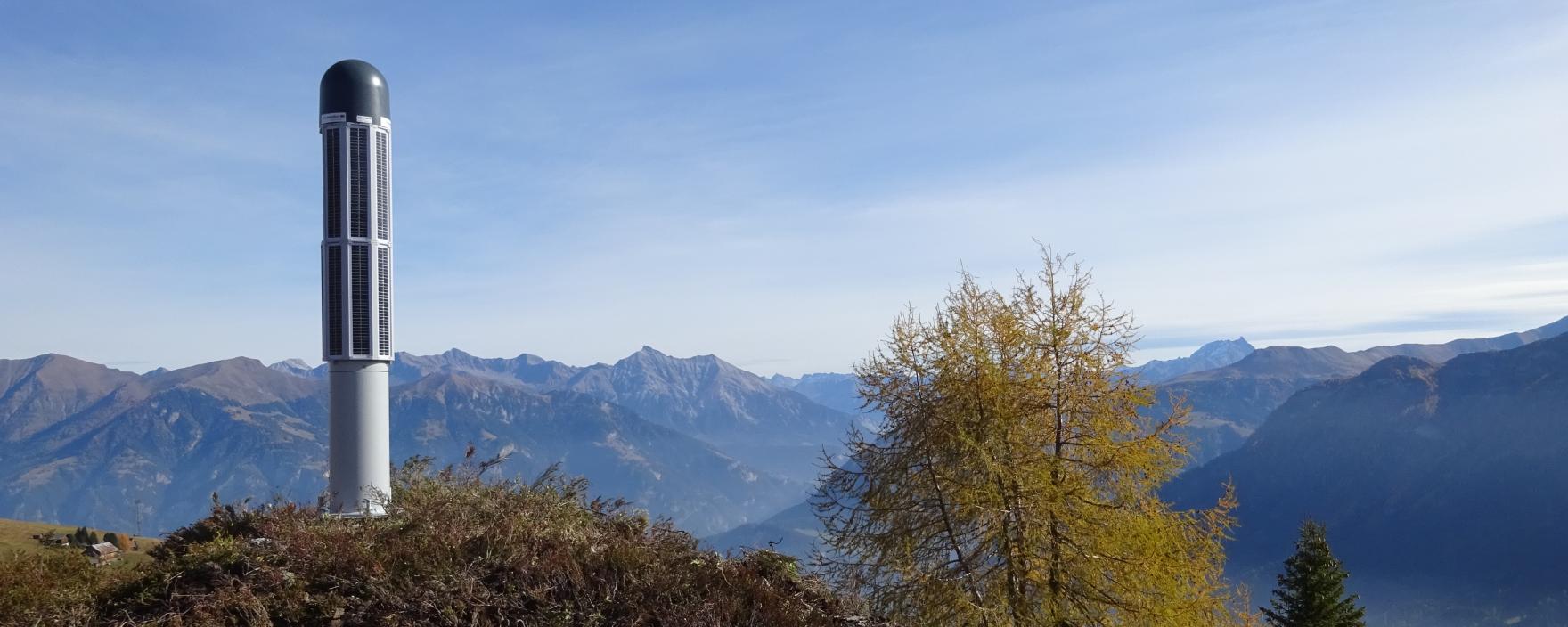
TEDAMOS GNSS
GNSS (Global Navigation Satellite Systems) is a global positioning and navigation system that uses satellite signals to provide precise location information worldwide. GNSS includes, for example, the US GPS, the Russian GLONASS and the European Galileo.
The first commercial TEDAMOS GNSS stations went into operation in 2015. There are currently over 70 TEDAMOS GNSS systems in use throughout Switzerland.
The raw data is transmitted from the sensors to the TEDAMOS servers every hour, where the analyses are carried out fully automatically using the Bernese GNSS software.
Goals/Applications
Static GNSS measurements enable continuous, high-precision observation of 3D deformations of geological structures or infrastructure such as ropeways, buildings, bridges, dams, etc.
The measurement method enables a better understanding of natural hazards by calculating and visualising 3D coordinates in an evaluation rhythm of, for example, 4 hours or 24 hours. This automates warning systems whose limit values are based either on absolute displacements or on daily or weekly velocities derived from them.
Advantages of this Technology
- High-precision 3D coordinates and displacements in the mm range
- Continuous measurement over long periods of time
- Sensor ageing without loss of accuracy, as only satellite signals are received and stored
- Maintenance-free technology
- Can be measured all year round, as it is independent of ground cover (snow/vegetation)
- Weather-independent, measures even in fog or rain/snow
- Does not require a line of sight between the measuring points
- Simple installation of the all-in-one solution
- Pillar: storm-proof thanks to the round shape of the pillar
- Pillar: small footprint of only 20 cm
The TEDAMOS GNSS systems were specifically designed for harsh climatic conditions in high mountains. The all-round solar panels on the pillar version generate enough energy to enable measurements even on shaded slopes in winter.
Accuracies
Using the differential GNSS evaluation method, accuracies in the low mm range are achieved, depending on the distance to the reference station.
Depending on the required accuracies and the locations of the GNSS stations, we use our own GNSS reference stations installed in stable locations, or we utilize the AGNES stations provided by swisstopo as reference stations.
Materialisation
Reference projects TEDAMOS GNSS
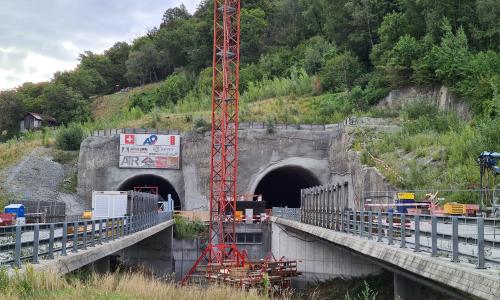
Long-term monitoring Riedberg Tunnel
Gampel, Switzerland
Automatic and manual tunnel and terrain monitoring measurements

Ropeways Monitoring Zermatt
Zermatt, Switzerland
Permanent ropeways pillar monitoring

Landslide Area Brienz/Brinzauls
Brienz/Brinzauls (GR), Switzerland
Monitoring of an active landslide area with automatic and manual measurements
